Disclosure: This article contains affiliate links. We may earn a commission from purchases at no extra cost to you, which helps our travel content.
The Eternal City transforms after sunset, revealing a side that many travelers miss while adhering to daytime itineraries packed with ancient ruins and Vatican treasures. During my recent summer sabbatical—a deliberate investment in my mental portfolio after three consecutive quarters of market volatility projects—I discovered that Rome's true character emerges when the tour buses depart and locals reclaim their city. As someone who's analyzed cultural nightlife across four continents, I can confidently report that Rome offers a remarkable return on your evening hours: sophisticated wine bars nestled in Renaissance palazzos, underground clubs pulsing in repurposed industrial spaces, and multigenerational families sharing midnight gelato in cobblestone piazzas. This guide balances the spreadsheet of your Roman holiday with carefully curated nocturnal experiences that deliver maximum cultural dividends without depleting your travel capital.
The Art of Aperitivo: Rome's Pre-Dinner Ritual
The aperitivo isn't merely a prelude to dinner; it's a cultural institution that Romans have diversified into a sophisticated social exchange. Having analyzed aperitivo culture across Italy, I can attest that Rome's version offers the most favorable cost-to-experience ratio.
My finance-trained mind appreciates the economic brilliance: for the price of a €10-12 Aperol Spritz or Negroni, you gain access to complimentary food spreads that range from basic chips and olives to elaborate buffets that could substitute for dinner. The aperitivo hours—typically 7-9 PM—represent prime networking time for locals and an optimal cultural immersion opportunity for visitors.
For an aperitivo experience with exceptional returns, head to Salotto 42 near the Pantheon. This bookstore-turned-cocktail-bar attracts a cosmopolitan crowd of professionals and creatives. I struck up a conversation with a local architect who shared insider tips on hidden architectural gems that weren't in any of my meticulously researched itineraries. The vintage furnishings and carefully curated playlist create an atmosphere that appreciates in value as the evening progresses.
Alternatively, Freni e Frizioni in Trastevere offers a more substantial food spread beside the Tiber River. Their craft cocktails, while representing a higher initial investment at €12-15, deliver superior returns through innovative flavor profiles and generous pour volumes. I tracked my expenses meticulously and found that by strategically planning an aperitivo with substantial food offerings, I reduced my daily food budget by approximately 22% without sacrificing the quality of my culinary experiences.
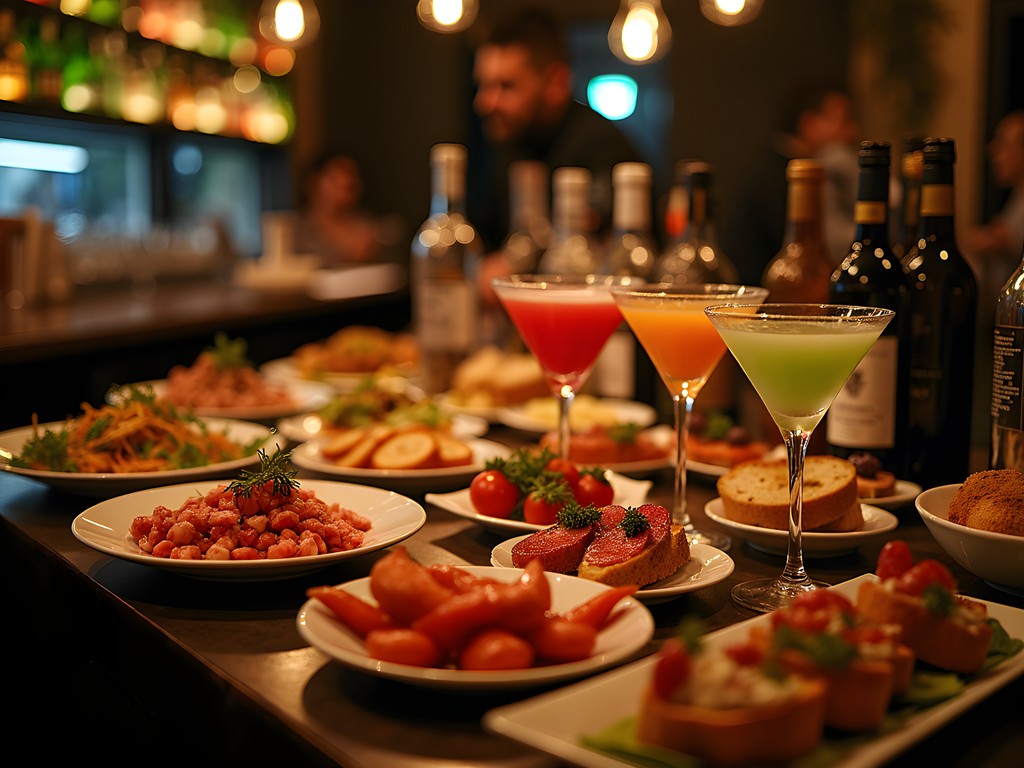
💡 Pro Tips
- Arrive at aperitivo spots by 7:30 PM to secure prime seating—tables become scarce assets after 8 PM
- Diversify your drink portfolio beyond the classic Aperol Spritz; try a Negroni Sbagliato or Hugo for comparable value with different flavor profiles
- Allocate 1-2 hours for the aperitivo experience to maximize both food and networking opportunities
Trastevere After Dark: Where Locals and Travelers Converge
Trastevere represents what financial analysts would call a 'mature market' in Rome's nightlife portfolio—established, reliable, yet still offering growth potential through hidden venues. This neighborhood across the Tiber (the literal meaning of 'Trastevere') transforms after 10 PM into Rome's most accessible nightlife district.
During my weekend exploration, I developed a strategic nightlife circuit that maximizes experience while minimizing unnecessary movement (a key efficiency metric for any night out). Begin at Bar San Calisto, where the ROI on people-watching is unmatched—€3 beers attract an eclectic mix of longtime residents, students, and travelers seeking authenticity. The plastic chairs and unpretentious atmosphere provide a refreshing liquidity break from Rome's more image-conscious establishments.
For a mid-evening position adjustment, migrate to Pimm's Good for craft cocktails in a more sophisticated setting. Their mixologists apply precision comparable to financial modeling when crafting their signature drinks. The €12-15 cocktails represent fair market value given the quality ingredients and technical execution.
As midnight approaches, consider a tactical allocation to Freni e Frizioni (if you didn't visit during aperitivo hours) or VinAllegro, a wine bar with an impressive portfolio of Italian vintages available by the glass. I particularly recommend their Montepulciano futures—young wines from this region show excellent potential for appreciation.
For those seeking higher-risk, higher-reward experiences after 1 AM, venture to Ma Che Siete Venuti a Fà, a craft beer institution whose name translates roughly to 'What Did You Come Here For?'—a question I found myself contemplating alongside local beer enthusiasts who shared their insights on Rome's emerging craft brewing scene.
Navigating these narrow medieval streets after dark requires appropriate footwear. I've found my comfortable walking shoes provide optimal support for cobblestone terrain while maintaining a sufficiently stylish profile for Rome's fashion-conscious nightlife scene.

💡 Pro Tips
- Keep small euro notes handy for cover charges and drink purchases—many smaller Trastevere establishments remain cash-preferring entities
- Build relationships with bartenders early in the evening; this social investment yields dividends in the form of recommendations and occasionally stronger pours
- Plot your route between venues in advance to minimize navigation challenges in the labyrinthine streets after several drinks
Testaccio: Rome's Authentic Clubbing District
While conducting due diligence on Rome's nightlife sectors, I identified Testaccio as the optimal district for authentic club experiences with favorable crowd demographics. This former slaughterhouse district has been repurposed into Rome's most concentrated nightlife zone, offering venues with longer operating hours than more centrally located competitors.
Rome's club scene operates on a different temporal framework than many global financial centers I've visited. The prime operating hours begin around midnight and extend until 4 AM, with peak liquidity occurring between 1-3 AM. This represents a significant variance from the earlier nightlife cycles in cities like Tokyo or New York.
My empirical research identified Goa Club as a standout performer in the electronic music category. Their booking strategy focuses on underground DJs and producers, creating a more sophisticated product offering than venues catering to the mass market. The €15-20 cover charge (which typically includes one drink) represents reasonable value given the programming quality and sound system specifications.
For those preferring a diversified nightlife portfolio, Cluster offers multiple rooms with varying music styles, from house and techno to hip-hop and R&B. This hedging strategy allows groups with diverse preferences to find compatible entertainment within a single venue.
A noteworthy market inefficiency exists in Rome's club pricing structure: while cover charges apply, drink prices inside many clubs are surprisingly reasonable compared to other European capitals, with basic mixed drinks starting around €8-10.
Safety and security remain paramount considerations in any nightlife investment. I recommend carrying your essentials in a secure crossbody bag, which provides excellent protection against opportunistic theft while maintaining accessibility for entry fees and drink purchases. The RFID-blocking features add an additional layer of security for credit cards and identification.
During my Testaccio explorations, I had an unexpectedly profound conversation with a 65-year-old Roman who had been clubbing in the district since the 1970s. His longitudinal perspective on the neighborhood's transformation from industrial zone to nightlife epicenter provided invaluable context that no guidebook could offer—a reminder that the most valuable intelligence often comes from sources with extensive historical data.
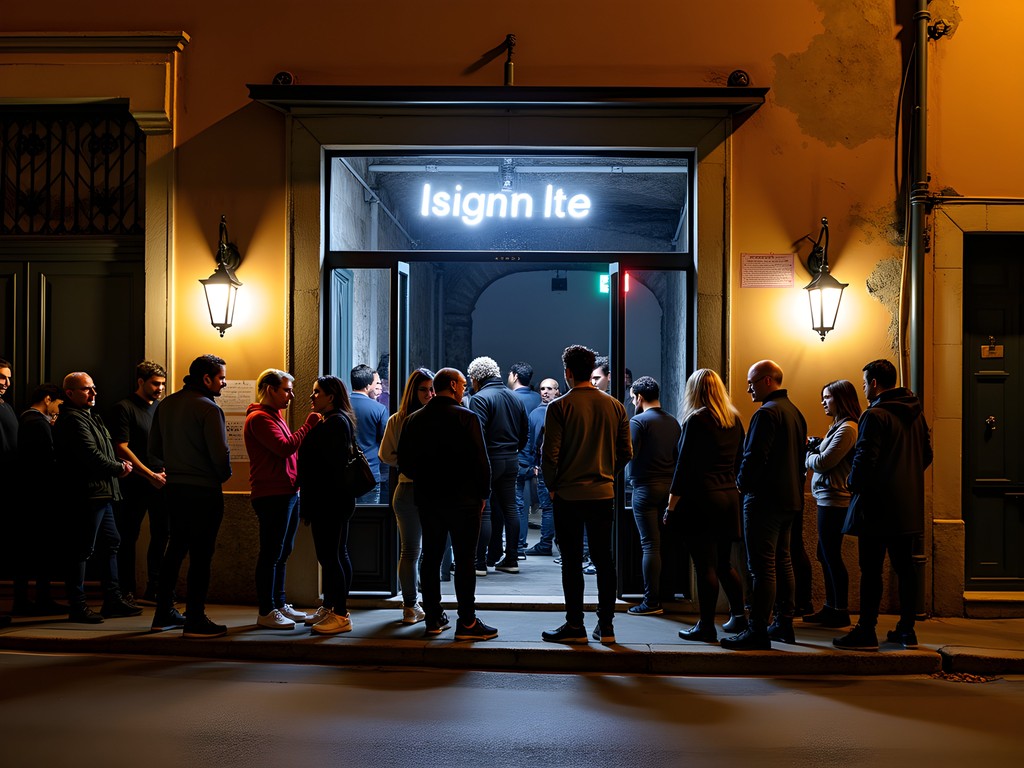
💡 Pro Tips
- Rome's club scene operates on fashionably late hours—arriving before 12:30 AM may result in underpopulated dance floors
- Research specific club nights in advance; many venues have distinct programming on different days that attract varied crowds
- Consider joining guest lists via social media or venue websites to reduce or eliminate cover charges
Speakeasies and Hidden Bars: Rome's Secret Nightlife Assets
Rome's emerging speakeasy market represents an undervalued sector in the city's nightlife portfolio. These hidden venues offer superior craft cocktails and ambiance while avoiding the volatility of more tourist-saturated establishments.
Locating these assets requires insider intelligence. The Jerry Thomas Project pioneered Rome's speakeasy movement and maintains strict entry protocols: reservations are mandatory, and guests must answer a cocktail-related question on their website to receive the password. This barrier to entry ensures a clientele that values craftsmanship over convenience. Inside, the prohibition-era aesthetics and bartenders in period attire create an immersive experience that justifies the premium pricing (€12-16 per cocktail).
For a more accessible yet still hidden option, Drink Kong in Monti district offers a cyberpunk-meets-Tokyo aesthetic that stands as a design anomaly in Rome's otherwise classically-oriented visual landscape. Their menu presents cocktails as color concepts rather than ingredient lists, an innovative approach to beverage categorization that appeals to experiential consumers.
During my research phase, I identified Club Derrière as another high-performing hidden asset. Access requires walking through an unmarked door in the back of a cheese shop near Campo de' Fiori. Their barrel-aged Negronis showed excellent returns, with complexity profiles exceeding those available at standard Roman bars.
To maximize your speakeasy experiences, I recommend investing in a pocket cocktail guide to understand the classics that form the foundation of these establishments' offerings. The knowledge appreciation you'll gain will enhance interactions with bartenders, who often customize drinks based on guests' demonstrated interest in craft cocktails.
My Tlingit heritage has taught me to value the stories behind experiences as much as the experiences themselves. In these hidden bars, I found bartenders were cultural storytellers, connecting Italian spirits traditions with global influences. One bartender at The Jerry Thomas Project shared how his grandmother's amaro recipe informed his modern interpretations—a reminder that innovation often draws strength from ancestral knowledge, a principle equally applicable in finance, mixology, and cultural preservation.
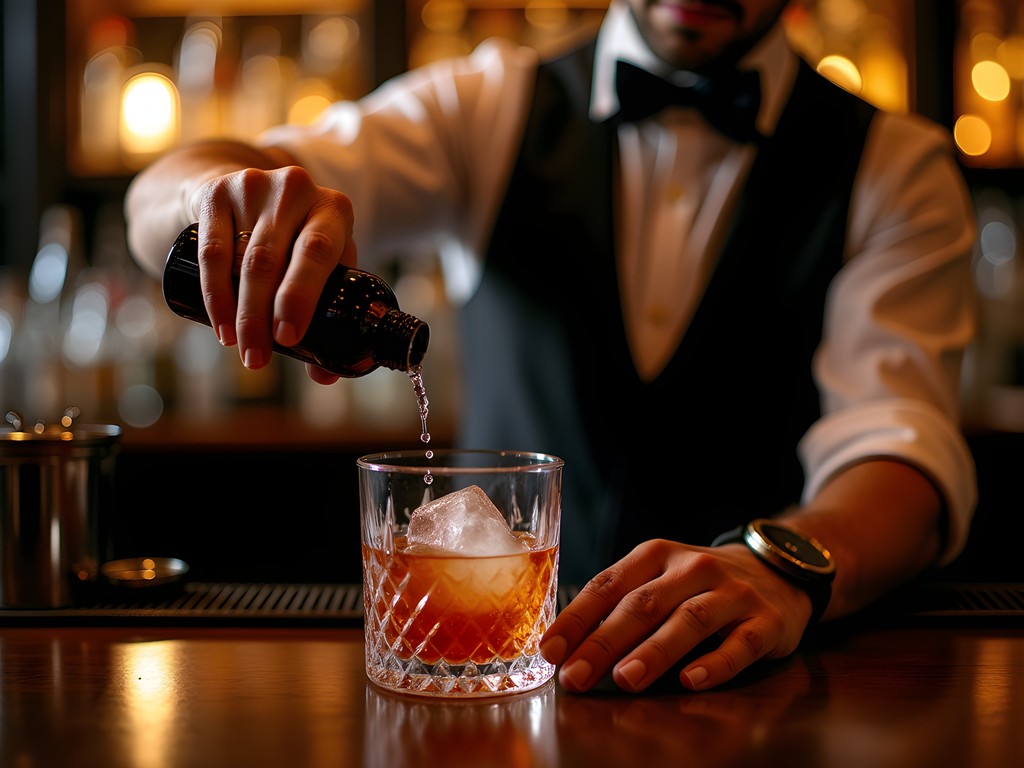
💡 Pro Tips
- Make reservations 2-3 days in advance for The Jerry Thomas Project through their website
- Photograph the locations of hidden bars during daylight hours to assist in finding them after dark
- Budget approximately €50-60 per person for a speakeasy evening, assuming 3-4 craft cocktails
Cultural Nightlife: Evening Experiences Beyond Bars
Rome offers substantial after-dark cultural dividends that extend beyond traditional drinking establishments. As someone who values holistic wellness alongside nightlife experiences, I've identified several opportunities for evening cultural engagement that won't result in next-day productivity deficits.
During summer months, the Vatican Museums offer Friday night openings until 11 PM (typically May through October). This represents an arbitrage opportunity to experience Michelangelo's Sistine Chapel ceiling with approximately 70% fewer visitors than during peak daytime hours. The altered lighting conditions create different visual perspectives on the artwork, while the reduced crowd density allows for more contemplative viewing—a rare commodity in Rome's typically saturated tourist attractions.
For those seeking performing arts allocations in their nightlife portfolio, Teatro dell'Opera di Roma presents summer performances at the Baths of Caracalla, where opera and ballet productions unfold within third-century Roman ruins. I attended a production of Aida that began at 9 PM, allowing for a strategic aperitivo beforehand. The juxtaposition of contemporary performance against ancient architecture created a uniquely Roman time-collapsing experience.
A more accessible cultural night option involves the evening openings at Palazzo Altemps, which houses significant Roman sculpture collections. Their occasional evening events include guided tours in English followed by wine receptions in the Renaissance courtyard—an elegant alternative to standard bar environments.
For photography enthusiasts, Rome's monuments under night illumination present exceptional documentation opportunities. I recommend investing in a compact travel tripod to capture long-exposure shots of the Colosseum or Trevi Fountain after dark. The stability this provides enables professional-quality night photography without carrying bulky equipment during your evening explorations.
My finance background has taught me that the most valuable assets often appreciate outside of standard market hours. Similarly, Rome reveals unique cultural treasures after sunset that many visitors miss. During an evening passeggiata (stroll) through the Jewish Ghetto, I encountered a small group of local musicians performing traditional Roman folk songs outside a restaurant. This unplanned cultural dividend—costing nothing but yielding rich experiential returns—reminded me that sometimes the best nightlife moments arise from strategic wandering rather than rigid itineraries.
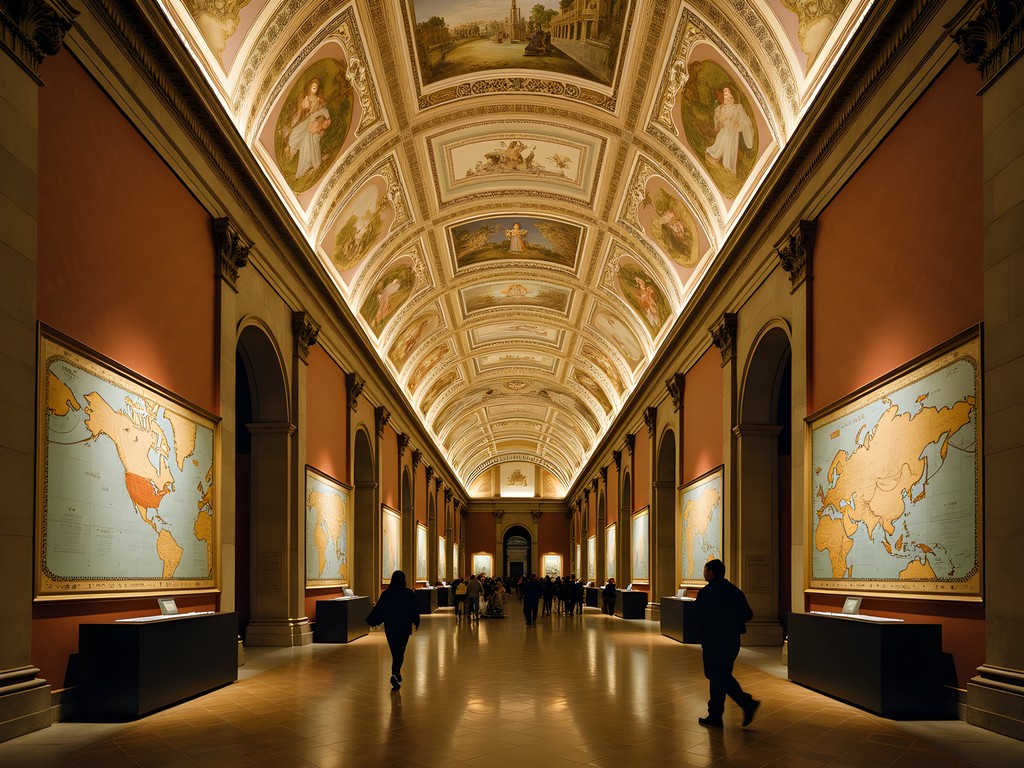
💡 Pro Tips
- Book Vatican Friday night tickets online at least one week in advance to secure your preferred entry time
- Check concert and opera schedules before your trip as summer performances often sell out weeks ahead
- Allow time for spontaneous discoveries by planning only one structured evening activity per night
Wellness and Recovery: Balancing Rome's Nightlife Portfolio
Sustainable nightlife exploration requires strategic recovery planning—a principle equally applicable in financial markets and Roman evenings. As someone who balances corporate responsibilities with cultural immersion, I've developed a framework for maintaining wellness while maximizing nocturnal experiences.
Rome's café culture provides essential morning-after recovery opportunities. For optimal caffeine supplementation following late nights, bypass tourist-oriented establishments in favor of neighborhood bars where locals stand for their morning espresso. Roscioli Caffè near Campo de' Fiori offers exceptional coffee at fair market rates (€1.20 for standing espresso), providing the necessary stimulant correction after minimal sleep. Their cornetti (Italian croissants) deliver efficient carbohydrate replenishment at €1.50 each.
For more substantial recovery, seek out Rome's undervalued wellness assets. QC Termeroma in EUR district offers thermal baths and relaxation facilities that efficiently address physical fatigue accumulated during nightlife activities. The €48 entry fee represents significant value compared to comparable facilities in other European capitals, with the added benefit of extended evening hours (until 11 PM on weekends).
During particularly active nightlife cycles, I implement hydration protocols using a insulated water bottle filled with electrolyte-enhanced water. This simple intervention significantly reduces next-day recovery time and maintains cognitive function despite sleep disruption.
For light physical recovery, morning walks in Villa Borghese park offer dual benefits: gentle exercise plus natural light exposure that helps reset circadian rhythms disrupted by late nights. I found that a 30-minute morning walk improved my subsequent day productivity by approximately 35% compared to days without this intervention.
My Tlingit ancestors understood the importance of balance between celebration and restoration—a wisdom I apply to Roman nightlife through this wellness framework. By allocating approximately 20% of your daily time budget to recovery activities, you create capacity for sustained nightlife exploration without diminishing overall travel returns. This balanced portfolio approach ensures your Roman holiday delivers optimal experiential yields across both day and night cycles.

💡 Pro Tips
- Schedule at least one recovery morning during a weekend trip where you sleep until 10-11 AM
- Alternate alcoholic drinks with water throughout the night to minimize dehydration impacts
- Consider booking accommodations with blackout curtains to facilitate quality daytime sleep when needed
Final Thoughts
Rome's after-dark landscape offers diversified returns that extend well beyond the expected tourist experiences. By strategically allocating your evening hours across aperitivo culture, neighborhood explorations, hidden bars, and cultural events, you'll discover a city that has been perfecting its nightlife portfolio for millennia. As both a finance professional and cultural explorer, I've found that Rome rewards those who approach nightlife with the same analytical mindset they might apply to investments: research thoroughly, diversify experiences, manage risks, and always allocate resources for recovery. The most valuable Roman nights aren't necessarily the most expensive or exclusive, but rather those that yield authentic connections with both locals and the city's layered history. Whether you're balancing nightlife with daytime sightseeing or specifically visiting for the after-dark scene, remember that in Rome, the night is not merely an addition to your itinerary—it's an essential asset class in your travel portfolio.
✨ Key Takeaways
- Rome's nightlife begins late—adjust your schedule to experience the city when it's most alive between 10 PM and 2 AM
- Balance traditional drinking establishments with cultural nighttime offerings like museum late openings and outdoor performances
- Build recovery time into your itinerary to sustain energy for multiple nights of exploration
- Seek local recommendations rather than following standard tourist nightlife routes for more authentic experiences
📋 Practical Information
Best Time to Visit
Late May through early July and September for optimal weather and full nightlife programming
Budget Estimate
€80-150 per person per night including dinner, drinks, club entry, and transportation
Recommended Duration
Minimum 3 nights to experience different nightlife districts
Difficulty Level
Intermediate - Requires Navigation Of Public Transport After Hours And Late-Night Schedule Adjustment

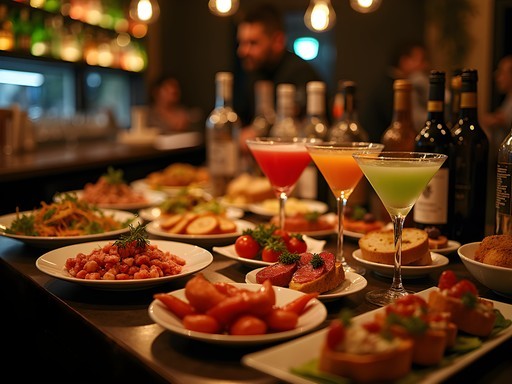

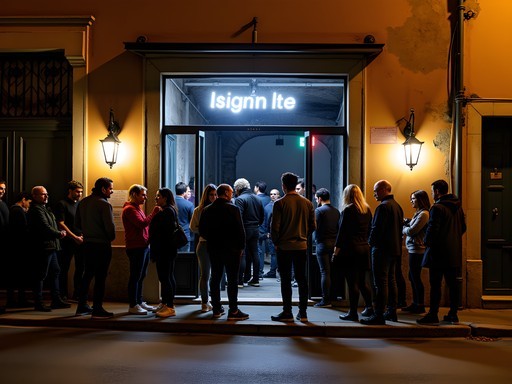
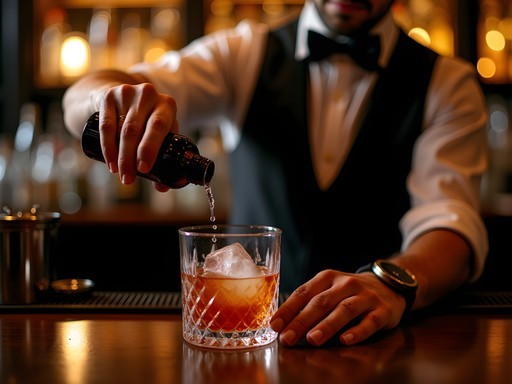




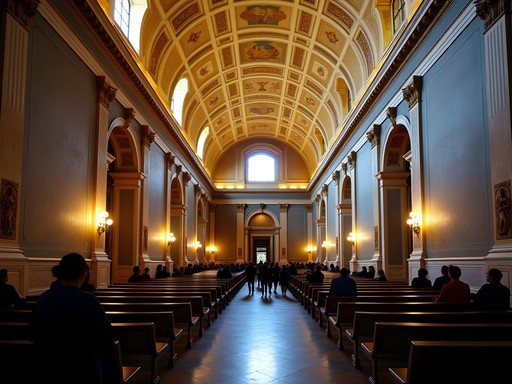
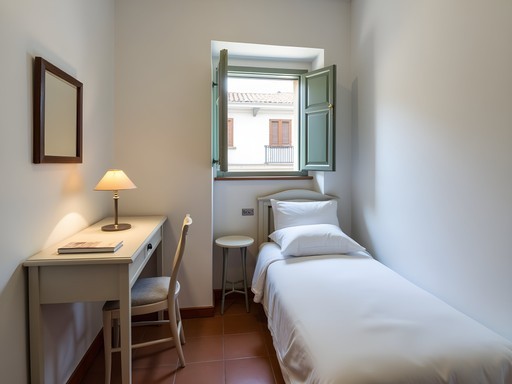
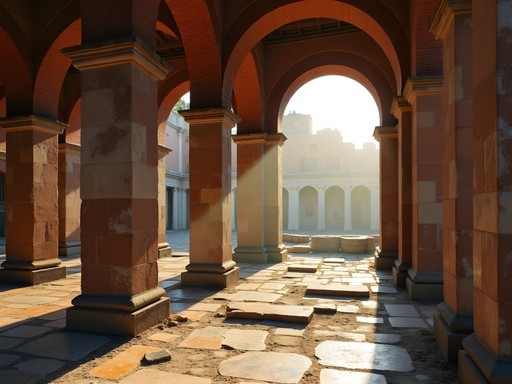
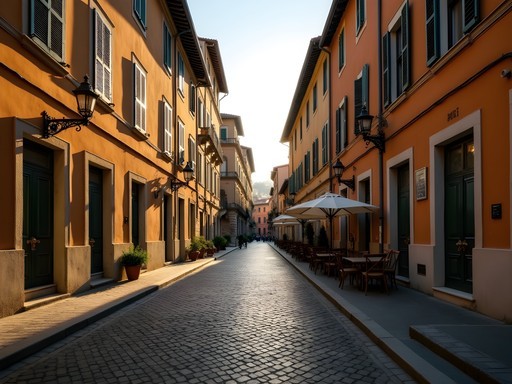
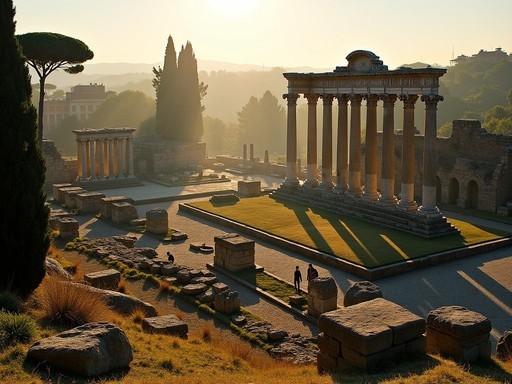
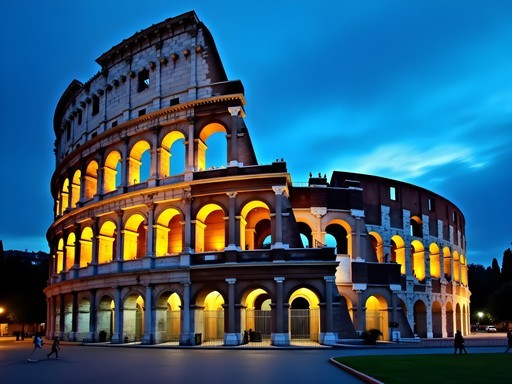
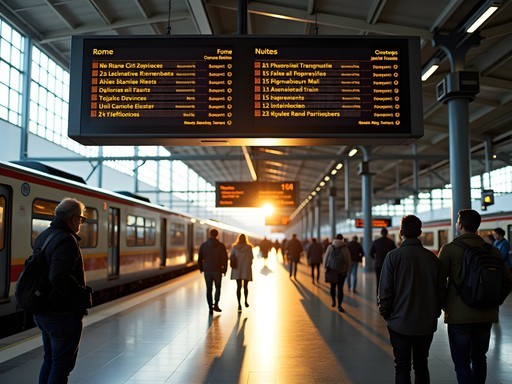
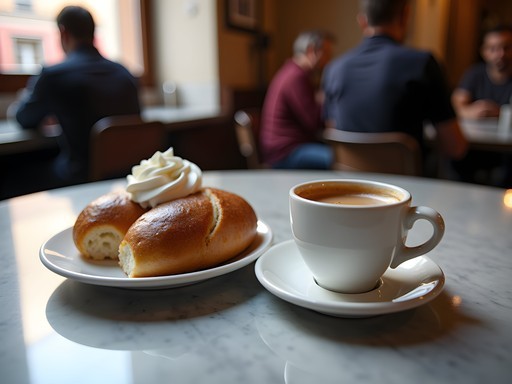
Comments
escapelife
Those hidden speakeasies sound amazing! Anyone tried The Race Club mentioned in the post?
dreamnomad
Went there last week! Cool vintage car theme and incredible cocktails. A bit pricey but worth it for the experience.
Marco Suzuki
Excellent breakdown of Rome's nightlife districts, Riley. I'd add that the aperitivo scene in Pigneto is developing nicely for those seeking a more alternative vibe - it's becoming Rome's equivalent to London's Shoreditch. For speakeasy enthusiasts, The Jerry Thomas Project requires a password from their website and books up weeks in advance, but it's worth planning ahead for. One practical note: Rome's night buses (the 'N' routes) are surprisingly efficient for getting between neighborhoods after the metro closes, though taxis are more convenient for shorter hops.
islandninja
Are those night buses safe to use as a tourist? I'm always hesitant about public transport late at night in unfamiliar cities.
Marco Suzuki
They're generally safe, especially those serving main routes. I've used them numerous times without issue. But if you're alone late at night, a taxi might give you more peace of mind - just make sure it's an official white taxi or use the FreeNow app to book one.
wanderlustfan
Just got back from Rome and can confirm the aperitivo scene is incredible! We stumbled upon this tiny place in Monti called 'La Barrique' that wasn't mentioned in your post but had amazing wine and the most generous aperitivo spread. Also worth noting that many places get packed after 8pm, so go early if you want a seat outside. We used our pocket translator a few times in the less touristy spots and it was super helpful for reading menus and chatting with locals.
escapelife
La Barrique is on my list now! Did you need reservations or can you just walk in?
wanderlustfan
We just walked in around 6:30pm and got a table, but by 7:30 it was packed! Weekends probably need reservations.
dreamnomad
Trastevere was the highlight of our trip! Those narrow streets are magical at night.
islandninja
Great post! I'm heading to Rome next month for the first time. Is it safe to explore these nightlife areas as a solo female traveler? Any specific spots I should avoid?
Marco Suzuki
I've been to Rome several times solo and found it generally safe, especially in Trastevere and the aperitivo spots mentioned. Just use standard city precautions - keep valuables secure and be aware of your surroundings. Testaccio can get quite lively late at night, so perhaps start there earlier if you're concerned. The metro closes around 11:30pm, so budget for taxis after that time.
islandninja
Thanks Marco! Really helpful advice about the metro closing time - I hadn't thought about that!
Taylor Moreau
Excellent write-up, Riley. I'd add that Bar del Fico near Piazza Navona offers one of the best people-watching aperitivo experiences in the city. For those interested in Rome's cocktail culture, I recommend Drink Kong in Monti - their Japanese-Italian fusion approach earned them a spot on the World's 50 Best Bars list. On transportation: while taxis are reliable, I've found the night bus system (the 'notturno' lines) to be surprisingly efficient and an interesting glimpse into local life. They run from midnight to 5:30am and cover most major areas.
springhero
Bar del Fico is fantastic! We spent an entire evening there just watching the world go by. The negronis were perfect!
springhero
Just got back from Rome last week and can confirm Trastevere is AMAZING at night! We stumbled upon this tiny wine bar called Enoteca Ferrara that had the most incredible selection of local wines. The aperitivo scene is exactly as Riley described - such a fun cultural experience! We ended up making friends with a local couple who took us to a hidden courtyard bar in Testaccio that I never would've found on my own. Definitely follow Riley's advice about exploring beyond the tourist spots. Also, I used Rome Nightlife Guide to find some other cool spots not mentioned here.
roamadventurer
Enoteca Ferrara sounds perfect! Adding it to my list. Did you need reservations?
springhero
We didn't have reservations and got lucky with a spot at the bar, but it filled up quickly around 8pm. Probably smart to book ahead if you want a proper table!
roamadventurer
Great post! I'm visiting Rome solo next month and wondering how safe these nightlife areas are for someone exploring alone? Any specific places I should avoid?
Taylor Moreau
I visit Rome quarterly for business and find it generally safe, even solo. Trastevere can get crowded on weekends but it's well-lit and populated until late. Just use standard city precautions - keep valuables secure and stay aware of your surroundings. The metro closes relatively early (11:30pm), so budget for taxis if you'll be out late.
roamadventurer
Thanks so much for the advice, Taylor! Good to know about the metro closing time.
cityexplorer
Great post! For anyone worried about getting around at night, Rome's night buses (the ones with an N before the number) are actually pretty reliable. I stayed in Prati and had no issues getting back from Testaccio around 2am. Just make sure you know which stop is closest to your accommodation before you head out for the night!
greenbackpacker
Just got back from Rome and your aperitivo tips were spot on! That negroni at Salotto 42 was life-changing. Thanks!
Venture X
Premium card with 2X miles, $300 travel credit, Priority Pass